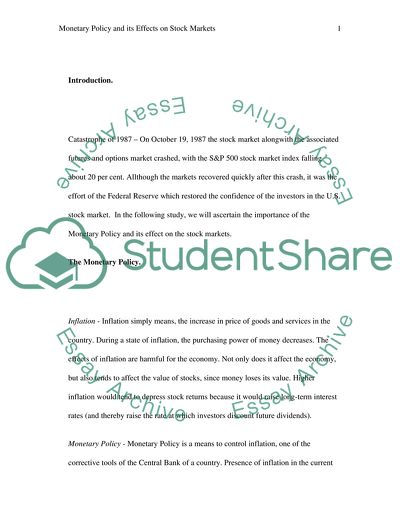Cite this document
(Monetary Policy and its Effects on Stock Markets Research Paper, n.d.)
Monetary Policy and its Effects on Stock Markets Research Paper. https://studentshare.org/macro-microeconomics/1709910-how-monetary-policy-has-influenced-the-stock-market-bubbles-from-1987-to-2007
Monetary Policy and its Effects on Stock Markets Research Paper. https://studentshare.org/macro-microeconomics/1709910-how-monetary-policy-has-influenced-the-stock-market-bubbles-from-1987-to-2007
(Monetary Policy and Its Effects on Stock Markets Research Paper)
Monetary Policy and Its Effects on Stock Markets Research Paper. https://studentshare.org/macro-microeconomics/1709910-how-monetary-policy-has-influenced-the-stock-market-bubbles-from-1987-to-2007.
Monetary Policy and Its Effects on Stock Markets Research Paper. https://studentshare.org/macro-microeconomics/1709910-how-monetary-policy-has-influenced-the-stock-market-bubbles-from-1987-to-2007.
“Monetary Policy and Its Effects on Stock Markets Research Paper”. https://studentshare.org/macro-microeconomics/1709910-how-monetary-policy-has-influenced-the-stock-market-bubbles-from-1987-to-2007.


